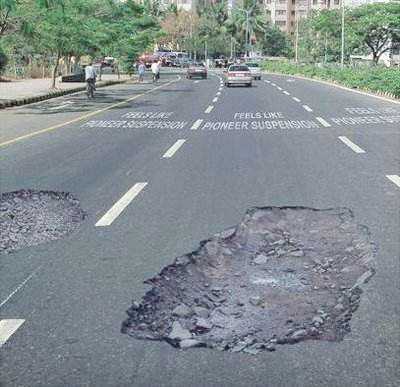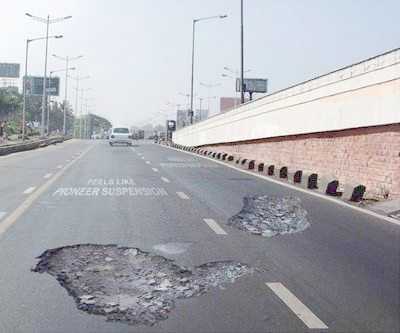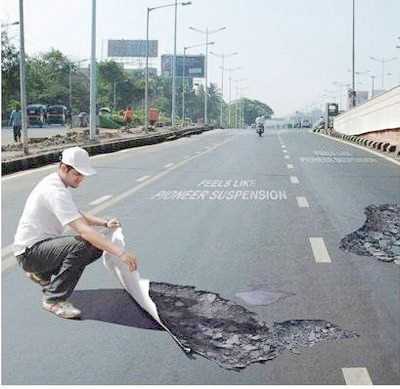Don Elfrink is our resident auto expert and the owner and operator of AutoMatStore.com, a company selling auto mats throughout the nation. Before AutoMatStore, Elfrink was the operator of an automotive production site. AutoMatStore focuses on logo, carpeted, molded and all weather floor mats.
Easiest Ways to Drive Safely
Safety on the road is an enormously important topic for drivers of all ages. While many people think that young drivers are the most dangerous (and studies show they are the most likely to have accidents), there are plenty of older drivers who need to take a second look at what they’re doing behind the wheel. Some of the most innocuous seeming habits can be hugely detrimental when it comes to safety. Here are some of the most important things to stop doing right now.
Texting While Driving
It’s difficult to think of a topic that’s more in the news lately than texting while driving. It’s become a global cause of concern, and rightly so. Texting while driving is incredibly dangerous – it takes your focus completely off the road. It’s been linked to tens of thousands of accidents and fatalities, and numerous studies have pointed out that texting while you’re behind the wheel is actually more dangerous than drinking and driving. Thankfully, law enforcement is stepping up their efforts to curb this dangerous, negligent behavior (another good reason to put down the phone and concentrate on driving).
Talking on the Phone
While most people think that texting on the phone is dangerous, but talking on the phone is fine, that’s actually untrue. When you’re having a conversation on the phone, you’re splitting your concentration between two tasks. Even if you’re not one of those people who have to talk with their hands, you’ll find that having conversations while driving is very dangerous. Put the phone down and concentrate on what you’re doing – invest in a hands-free system if you have to use the phone while driving. Many newer vehicles are now coming with built-in Bluetooth systems that connect your phone directly to your vehicle’s audio system for easier communication with less danger.
Eating While Driving
Are you one of those people who routinely cram down a fast food burger while traveling 70 miles per hour down the interstate? If so, it’s time to put down the burger and put both hands on the wheel. Many people think that eating while driving is less dangerous than talking on the phone or texting, but that’s really not the case. It can be all too easy to become distracted while eating – spilling condiments, slipping buns and spilled drinks can all add up to disaster. While eating on the go is often a necessity these days, do yourself and everyone else you’ll meet while on the road a favor and pull over to eat.
Slow Down and Remain Vigilant
Too often, drivers become desensitized to the danger they’re in every time they get on the road. Familiarity breeds contempt, after all. However, you have to remember that you are operating a dangerous vehicle, and that there are other people around you. Slow down and pay attention to what you’re doing and where you’re going. Don’t let the banality of the daily commute inure you to the danger posed by operating an automobile – more people die every year in car wrecks than any other way combined.
Cultivate a Sense of Caution
Perhaps the most important tip for driving safely is to cultivate a sense of caution when you’re on the road. Think about it – you’re driving a vehicle that weighs a ton or more at high speeds in close proximity to other vehicles. The potential for danger, accidents and even death is bigh enough even without adding in dangerous habits like texting or eating while driving.
Driving with safety and care while avoiding bad habits like texting behind the wheel can help save your life as well as the lives of other drivers.


